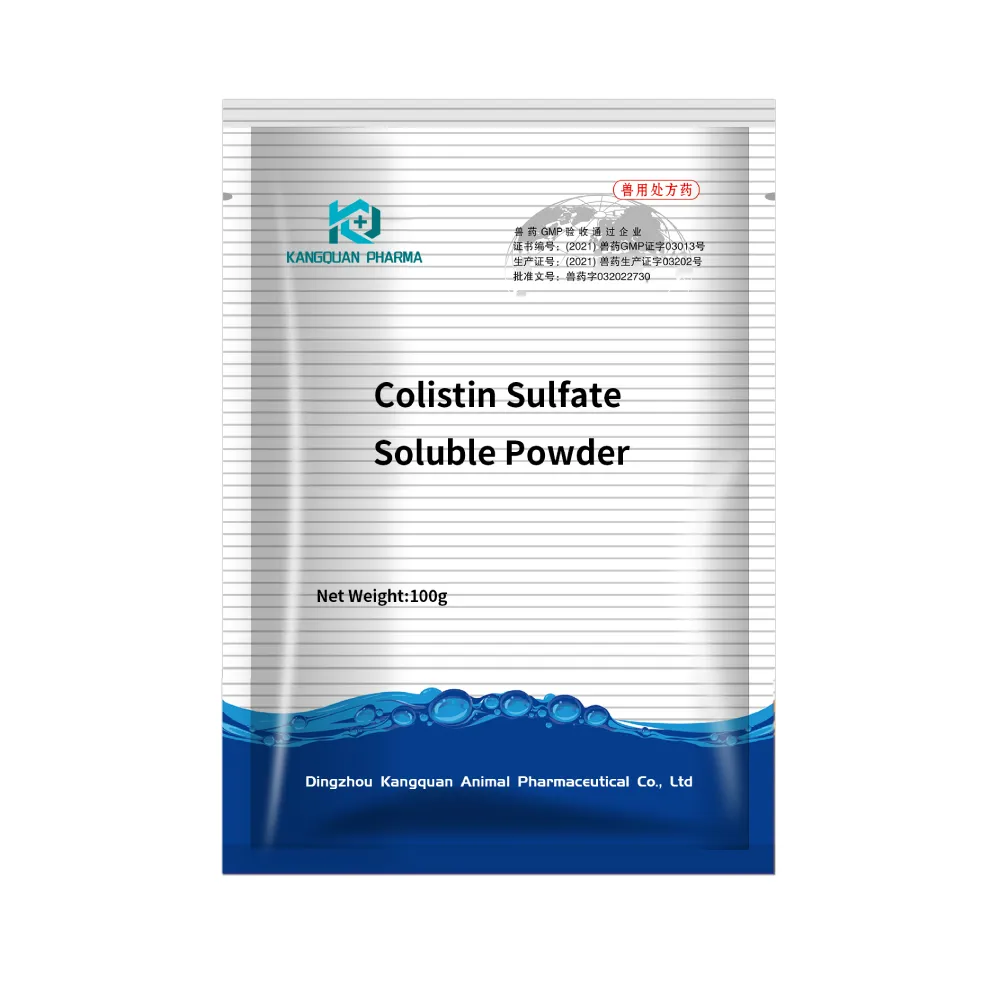- Afrikaans
- Albanian
- Amharic
- Arabic
- Armenian
- Azerbaijani
- Basque
- Belarusian
- Bengali
- Bosnian
- Bulgarian
- Catalan
- Cebuano
- Corsican
- Croatian
- Czech
- Danish
- Dutch
- English
- Esperanto
- Estonian
- Finnish
- French
- Frisian
- Galician
- Georgian
- German
- Greek
- Gujarati
- Haitian Creole
- hausa
- hawaiian
- Hebrew
- Hindi
- Miao
- Hungarian
- Icelandic
- igbo
- Indonesian
- irish
- Italian
- Japanese
- Javanese
- Kannada
- kazakh
- Khmer
- Rwandese
- Korean
- Kurdish
- Kyrgyz
- Lao
- Latin
- Latvian
- Lithuanian
- Luxembourgish
- Macedonian
- Malgashi
- Malay
- Malayalam
- Maltese
- Maori
- Marathi
- Mongolian
- Myanmar
- Nepali
- Norwegian
- Norwegian
- Occitan
- Pashto
- Persian
- Polish
- Portuguese
- Punjabi
- Romanian
- Russian
- Samoan
- Scottish Gaelic
- Serbian
- Sesotho
- Shona
- Sindhi
- Sinhala
- Slovak
- Slovenian
- Somali
- Spanish
- Sundanese
- Swahili
- Swedish
- Tagalog
- Tajik
- Tamil
- Tatar
- Telugu
- Thai
- Turkish
- Turkmen
- Ukrainian
- Urdu
- Uighur
- Uzbek
- Vietnamese
- Welsh
- Bantu
- Yiddish
- Yoruba
- Zulu
Dec . 11, 2024 12:14 Back to list
sulfaquinoxaline for sale
The Availability and Usage of Sulfaquinoxaline A Comprehensive Overview
Sulfaquinoxaline, a sulfonamide antimicrobial agent, has been widely utilized in veterinary medicine for the prevention and treatment of coccidiosis, a common parasitic disease affecting livestock and poultry. Its effectiveness against a variety of pathogens, particularly in young animals, has made it a staple in agricultural practice. However, as its availability increases, so too do questions regarding its use, safety, and regulatory standing. This article aims to provide an in-depth look at sulfaquinoxaline, including its therapeutic applications, benefits, potential drawbacks, and the current market dynamics regarding its sale.
What is Sulfaquinoxaline?
Sulfaquinoxaline is a synthetic antimicrobial medication belonging to the sulfonamide class. It is primarily effective against both protozoa and certain bacterial infections. In veterinary settings, it is commonly used to combat coccidia, which can severely affect the health of chickens, turkeys, and other livestock. The drug works by inhibiting the synthesis of folic acid within the microorganism, thereby hindering its growth and replication.
Therapeutic Applications
The primary application of sulfaquinoxaline is in veterinary medicine, particularly for livestock and poultry. It is utilized both as a treatment for existing infections and as a preventive measure in high-risk environments. When administered appropriately, it can reduce mortality rates associated with coccidiosis and improve overall animal health and productivity. This is particularly crucial in poultry farming, where the health of the flock directly correlates with economic yield.
In addition to coccidiosis, sulfaquinoxaline has been used off-label for various bacterial infections in animals, such as respiratory diseases, mastitis in cattle, and enteritis. Its broad-spectrum activity makes it a versatile tool in veterinary therapeutics.
Benefits of Sulfaquinoxaline
One of the significant advantages of sulfaquinoxaline is its relatively rapid onset of action. When used correctly, it can lead to quick recovery times for affected animals, ensuring that livestock managers can maintain productivity and minimize economic losses. Moreover, sulfaquinoxaline is generally well-tolerated by animals and exhibits a favorable safety profile when used according to recommended dosages.
The drug also serves as an essential component of integrated disease management strategies on farms. By preventing infections, it reduces the need for more drastic interventions, such as antibiotics, which are increasingly scrutinized due to concerns over antibiotic resistance. This makes sulfaquinoxaline a valuable asset in promoting animal health while adhering to responsible farming practices.
sulfaquinoxaline for sale

Potential Drawbacks and Concerns
Despite its benefits, the use of sulfaquinoxaline is not without concerns. One of the primary issues is the potential for the development of drug resistance. As with any antimicrobial agent, overuse or misuse can lead to resistant strains of bacteria or protozoa. This not only undermines the efficacy of the drug but can also pose a significant challenge to animal and human health.
Another concern relates to the need for appropriate withdrawal times before slaughter. Farmers must ensure that meat and milk produced from treated animals do not contain harmful residues, which could impact human consumers. Regulatory agencies often set strict guidelines regarding these withdrawal periods to safeguard food safety.
Moreover, there are ongoing discussions about the environmental impact of sulfaquinoxaline, particularly its presence in agricultural runoff. Residues from treated animals can potentially contaminate water supplies and contribute to ecological imbalances.
Current Market Dynamics
The market for sulfaquinoxaline has seen fluctuating demand as veterinary practices evolve. While it remains a critical drug in many settings, its sale is regulated in various countries, dependent on local laws regarding veterinary medicines. In some regions, it can be purchased over the counter, making it readily accessible to farmers. In contrast, others require a veterinary prescription, ensuring that it is used judiciously and responsibly.
Online pharmacies and veterinary biologicals supply companies have facilitated the convenience of purchasing sulfaquinoxaline, leading to increased availability. However, consumers must ensure they are sourcing from reputable suppliers to avoid counterfeit products.
Conclusion
In summary, sulfaquinoxaline remains a valuable tool in veterinary medicine, particularly for the prevention and treatment of coccidiosis in livestock and poultry. While its benefits are significant, the associated risks of resistance and environmental impact necessitate careful management of its use. As the market continues to evolve, stakeholders must prioritize responsible practices to balance animal health and productivity with food safety and environmental stewardship. By doing so, sulfaquinoxaline can remain a critical asset in agricultural practices for years to come.
-
Guide to Oxytetracycline Injection
NewsMar.27,2025
-
Guide to Colistin Sulphate
NewsMar.27,2025
-
Gentamicin Sulfate: Uses, Price, And Key Information
NewsMar.27,2025
-
Enrofloxacin Injection: Uses, Price, And Supplier Information
NewsMar.27,2025
-
Dexamethasone Sodium Phosphate Injection: Uses, Price, And Key Information
NewsMar.27,2025
-
Albendazole Tablet: Uses, Dosage, Cost, And Key Information
NewsMar.27,2025













